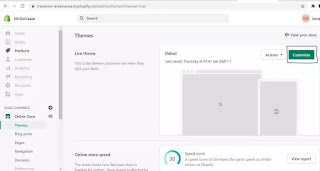5 Powerful Shopify SEO Tips to Get More Sell
Structuring your store not only makes it easier for customers to navigate but also makes it easier for Google to crawl each page and determine which ones are most important. Create categories and subcategories that link back and forth. This will tell Google which pages should be prioritized and give each subcategory some context. Think of it as a map of your store that guides customers to the products they want.
2. Use Data-Driven KW Research
Conducting and implementing keyword research will optimize your pages for the search terms that customers are actually using. It attracts buyers who are ready to buy and tells Google what your store is all about. You don't have to be a Shopify SEO expert to do your keyword research. Start by writing a list of relevant keywords for each product and use the following tactics to add more: Check the “People are also searching” and “People are asking too” boxes on Google Explore Google's autofill suggestions Perform competitor research to identify the keywords they are using Finally, run your extended keyword list through a keyword research tool to identify which performs best and have a high number of searches with low competition. A Shopify-centric tool like Stackbear is a good place to start.
4. Start Blogging
Target shoppers that aren’t quite ready to buy yet and nurture them towards the sale through valuable and engaging content.
Blogging and content marketing on Shopify also generate backlink (links to your website from others) opportunities. The more backlinks you have, the better, since these are one of Google’s top three ranking factors.





Comments
Post a Comment
AZINSEO is the Short form of Search Engine Optimization.